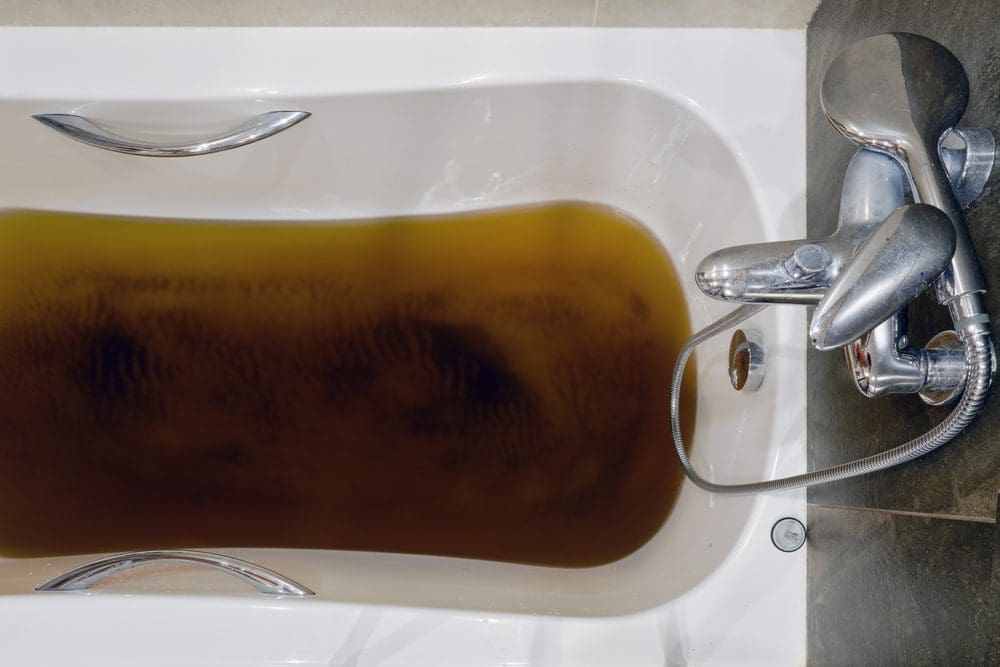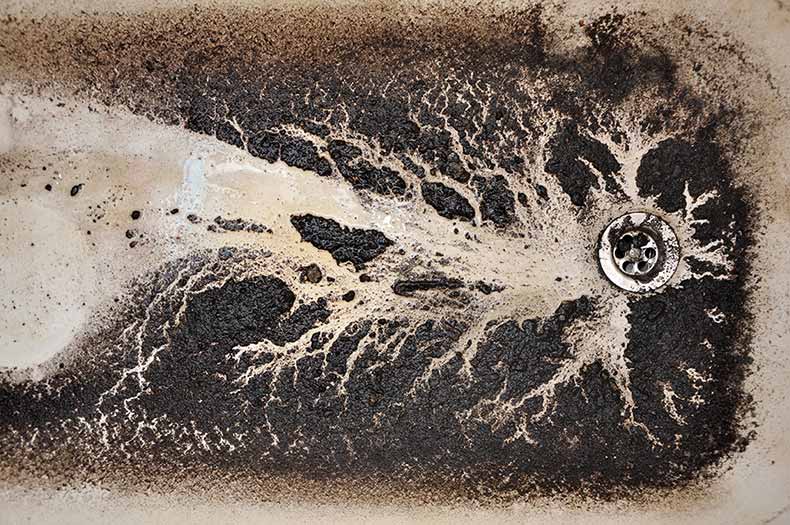Any individual has their own individual theory with regards to Why is Sewage Backing Up Into My Bathtub?.

Sewage backup in the bathtub can be an upsetting and unsanitary problem for any property owner. Not only is it inconvenient, but it also poses serious health risks and shows underlying concerns with the plumbing system. Recognizing why sewer is turning up through the bathtub is crucial for taking appropriate activity to resolve the issue efficiently.
Introduction to the Issue
Typical Reasons for Sewage Back-up
Obstructions in the Sewer Line
One of the most usual causes of sewage back-up is a clog in the sewage system line. This can happen as a result of the buildup of debris, oil, or foreign items in the pipelines, avoiding correct circulation and creating sewage to back up right into your bathtub.
Tree Origin Invasion
Tree roots seeking dampness and nutrients can infiltrate sewage system lines with small fractures or joints. Gradually, these roots can expand and expand, creating considerable damages to the pipes and leading to sewer backup problems.
Understanding the Trouble
When sewage draws back up into the bath tub, it's a clear indication of a trouble with the drainage system. The wastewater that must be flowing away from your home is instead locating its way back into your space, which can lead to considerable damage and health hazards.
Potential Reasons
Numerous aspects can contribute to sewage backup in the tub. From clogs in the sewage system line to issues with the plumbing facilities, recognizing the root cause is necessary for discovering a remedy.
Aging Framework
Older homes may have outdated plumbing systems that are a lot more at risk to rust, splits, and deterioration. As pipes age, they become much more susceptible to leakages and blockages, increasing the possibility of sewage backup events.
Heavy Rainfall or Flooding
During durations of heavy rainfall or flooding, the sewer system might become overwhelmed with excess water, causing back-ups and overflows. This can cause sewer supporting right into bath tubs and various other fixtures inside the home.
Signs of Sewage Backup
Foul Odors
Undesirable smells rising from drains or components, specifically in the bathroom, might show sewer backup concerns. These smells are commonly strong and consistent, signaling a problem that needs immediate attention.
Slow Draining Fixtures
Bath tubs, sinks, and commodes that drain pipes slowly or not whatsoever could be experiencing sewage back-up. If several fixtures are affected simultaneously, it's likely that the concern stems from a typical point, such as the major drain line.
Gurgling Noises
Unusual gurgling or bubbling noises originating from drains pipes when water is running in other places in your home are a measure of air entraped in the plumbing system. This air accumulation can arise from sewage backup and must be explored promptly.
Health And Wellness Dangers Connected With Sewer Back-up
Contamination of Water
Sewage back-up can pollute the water supply in your house, positioning a serious health danger to you and your family. Direct exposure to contaminated water can cause intestinal concerns, skin infections, and various other ailments.
Mold Development
Moisture from sewage back-up can develop excellent conditions for mold and mildew growth in your house. Mold and mildew spores can aggravate respiratory issues and create allergies in sensitive people, making punctual clean-up important.
Spread of Disease
Sewer includes damaging bacteria, infections, and parasites that can create a range of diseases, including liver disease, cholera, and gastroenteritis. Entering into contact with sewage or infected surface areas puts you at risk of infection.
Cleaning Up After Sewer Back-up
Disinfection Procedures
Completely sanitize and disinfect influenced locations after sewage backup to get rid of unsafe bacteria and prevent mold growth. Use ideal cleansing items and safety equipment to make certain safe and effective cleanup.
Reconstruction of Influenced Locations
Fix any type of damage to flooring, walls, or fixtures triggered by sewage backup. Depending on the extent of the damage, you may require to change carpets, drywall, or various other materials to recover your home to its pre-loss problem.
Immediate Actions to Take
Switching Off Water Supply
In case of sewage backup, it's necessary to turn off the water supply to prevent more contamination and damages. Find the major water shutoff valve in your house and shut it off until the issue can be resolved.
Contacting a Specialist Plumber
Dealing with sewer back-up is not a DIY job. Call an accredited plumber with experience in dealing with sewage-related problems to evaluate the situation and execute needed repair work or cleanings.
Staying Clear Of Contact with Infected Water
Up until the sewer backup is resolved, stay clear of contact with polluted water to stop the spread of bacteria and pathogens. Wear protective equipment if you need to remain in the damaged area and wash your hands completely afterward.
Safety nets
Routine Maintenance of Drain Lines
Set up regular inspections and maintenance of your sewage system lines to recognize and resolve possible problems prior to they escalate right into major issues. This can consist of clearing out particles, examining for tree origin invasion, and fixing any broken pipelines.
Installing Backwater Shutoffs
Consider setting up backwater shutoffs in your plumbing system to prevent sewage from receding into your home throughout durations of heavy rainfall or flooding. These valves immediately close when water draws back up, protecting your building from contamination.
Appropriate Disposal of House Waste
Avoid flushing anything aside from bathroom tissue and human waste down the toilet to prevent obstructions and clogs in the sewer line. Dispose of grease, oil, and other home chemicals appropriately to reduce the danger of plumbing issues.
Why Is Water Backing Up in My Bathtub When I Flush My Toilet?
What to do about a sewer line clog
First, don’t bother with plunging. No amount of plunging will dislodge the clog in a sewer line. The clog is too far away. Plungers are for clogs in the toilet itself, not the sewer line. Plus, the most likely causes of a sewer clog are:
Tree roots Flushed toys or feminine products Grease buildup Those items don’t move easily. And in the case of tree roots, the roots need to be cut out of the pipe and the pipe will need to be repaired.
You’ll need a closet auger. A closet auger is a type of plumber’s snake with a protective cover to keep from scratching the delicate porcelain toilet. If the clog is further down, you may need to remove the toilet or use one of your cleanouts to get to the clog.
We also recommend doing a video inspection of the drain to ensure that the cause of the clog has been completely removed. Otherwise, you could have the same problem again in a few days or weeks.
https://mspplumbingheatingair.com/blog/why-is-water-backing-up-in-my-bathtub-when-i-flush-my-toilet

I recently found that piece about while doing a search on the internet. Enjoyed our write up? Please quickly share it. Let someone else find it. I praise you for your time. Kindly check our site back soon.
Schedule Service